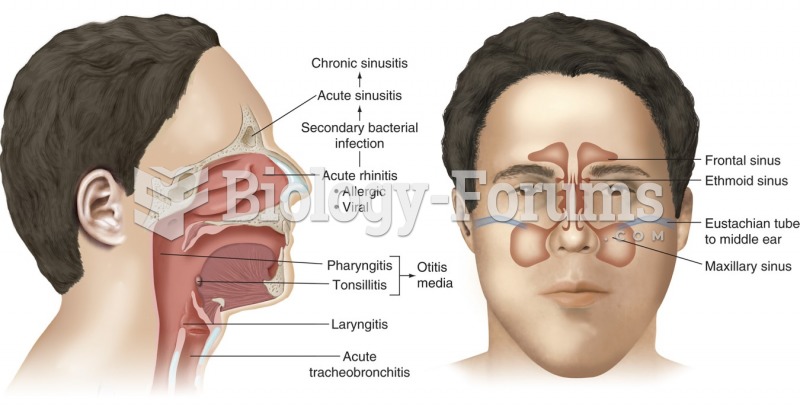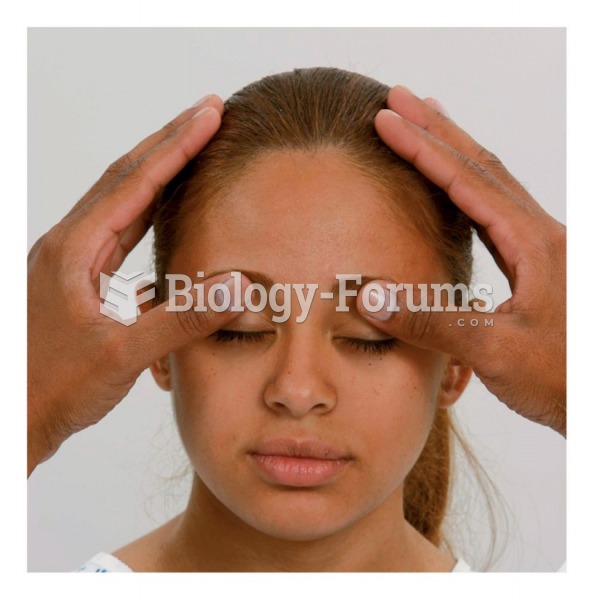SUBJECTIVE: Here for a sore throat, (1)________ at the ears and sinuses, and redness of her eyes bilaterally. She has had no fever, chills, nausea or vomiting. She has had some greenish-yellow discharge from her sinuses and mild discomfort. She has a history of (2) ________ in the past.
OBJECTIVE: General: An alert female in no acute distress. VITAL SIGNS: Blood pressure 100/60, weight 99 pounds. HEAD, EYES, EARS, NOSE AND THROAT EXAM:
(3) ________ injected, (4) ________ clear. The (5) ________ are benign. Normal (6) ________ motions. The pharynx reveals the tonsils are 3+ in size, enlarged bilaterally, with minimal
(7) ________, and no lesions or (8) ________. The tympanic membranes are clear. No sinus tenderness to palpation. NECK EXAM: Supple, no lymphadenopathy. LUNGS: Clear, with good air exchange throughout. Rare (9) ________ wheezes are noted. NEUROLOGICAL: Unremarkable. SKIN: There are fine (10) ________ raised lesions on the upper arms and forearms bilaterally, without significant erythema.
ASSESSMENT:
- Tonsillitis.
- Acute conjunctivitis, early sinusitis.
- Dermatitis of the arms, probably (11) ________.
PLAN:
- (12) ________ 250 mg t.i.d. orally.
- Robitussin p.r.n. for congestion and cough.
- Hydrocortisone 1 cream to the areas of dermatitis b.i.d. orally.
- Recheck in 2 to 3 weeks.
Question 2S: The patient presents complaining of left eye irritation for about 1 weeks duration. There is associated itching, and she admits to rubbing the eye a great deal. She denies any discharge from the eye. There is no history of trauma. She does have a strong atopic history and is (1)________, and well-controlled on (2)________.
O: General: The patient is a healthy-appearing female with no acute distress. She is alert and oriented 3. HEENT: Visual acuity: (3)________ 20/20, OS (4)________. It is unclear if this is due to a refractive error or due to the acute problem with the left eye. (5)________ exam revealed a (6)________ temporally, left eye. This is approximately 3 mm in size and there is no associated staining or infiltrate of the adjacent (7)________. The anterior chamber is quiet. The right eye slit-lamp exam is within normal limits. (8)________ exam: Disks, macula, vessels, and background are within normal limits, both eyes. Chest: Clear to percussion and auscultation. There are no wheezes, rales, or rhonchi. There is good air exchange throughout. Abdomen is benign.
A: 1. Pterygium, left eye. There is a mild amount of overlying inflammation. 2. Asthma, stable. 3. Decreased visual (9)________, left eye.
P: 1. Will treat the pterygium and associated inflammation symptomatically with topical antihistamine (Livostin). She will use this up to q.i.d. p.r.n. for symptoms. 2. I discussed the possibility with the patient of requiring topical steroids or even surgery if the pterygium fails to respond to the antihistamine. 3. The patient will be (10)________ next visit. This will allow us to determine whether or not the decreased visual acuity in the left eye is due to the pterygium or due to an underlying refractive error.







